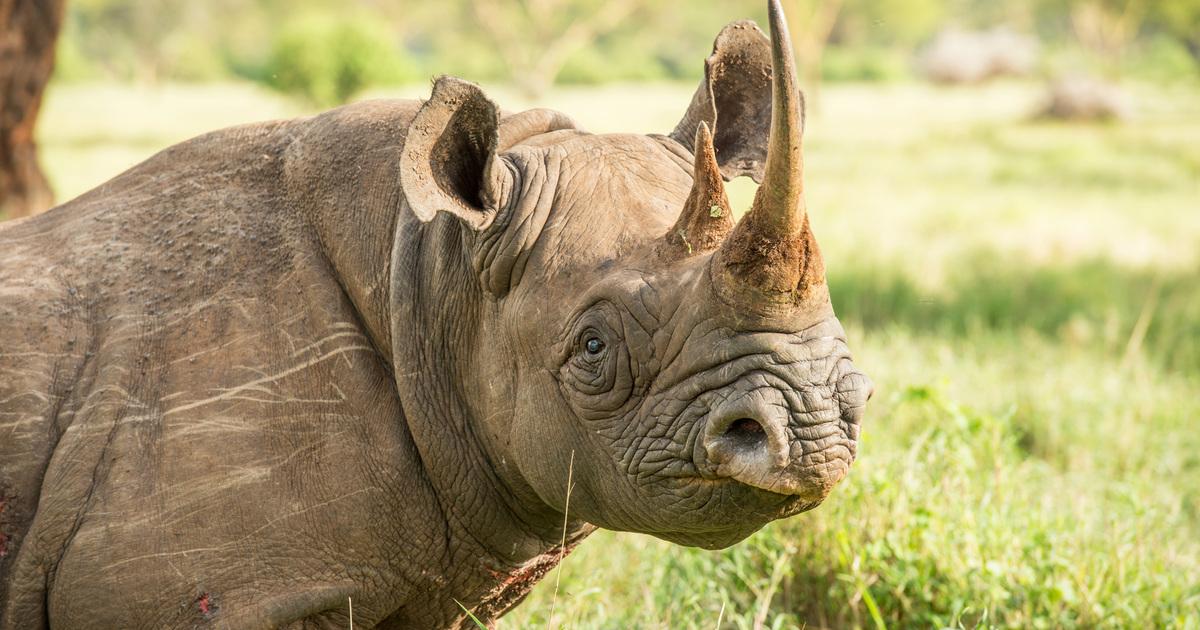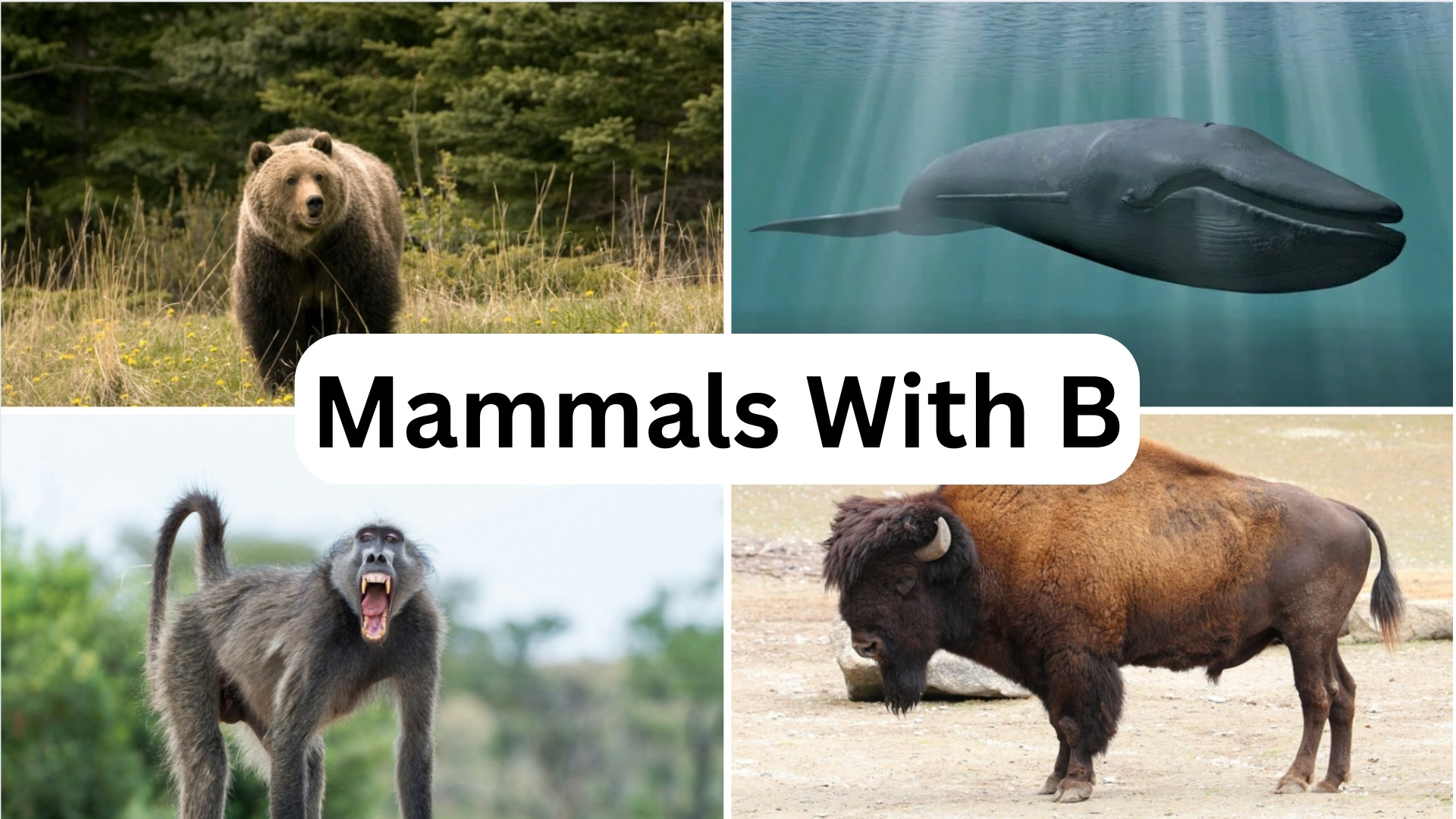
Big, bold, and brilliant – mammals that start with ‘B’ are about to blow your mind with their unique superpowers!
From energetic beavers to bouncy baboons, some of nature’s most incredible mammals kick off their names with the letter ‘B’.
Unlike fish or reptiles, mammals proudly wear soft, fuzzy hair or fur and have a special ability: Mothers can feed their babies milk, creating a strong connection that makes them unique in the animal world.
These cool ‘B’ mammals have found homes everywhere, from freezing mountain peaks to scorching desert sands, showing just how adaptable they can be.
Get ready to meet some wild and wonderful mammals that prove the letter ‘B’ is anything except boring – and prepare to be amazed!
Commonly Found Mammals that Start with The Letter “b”
1. Baboon
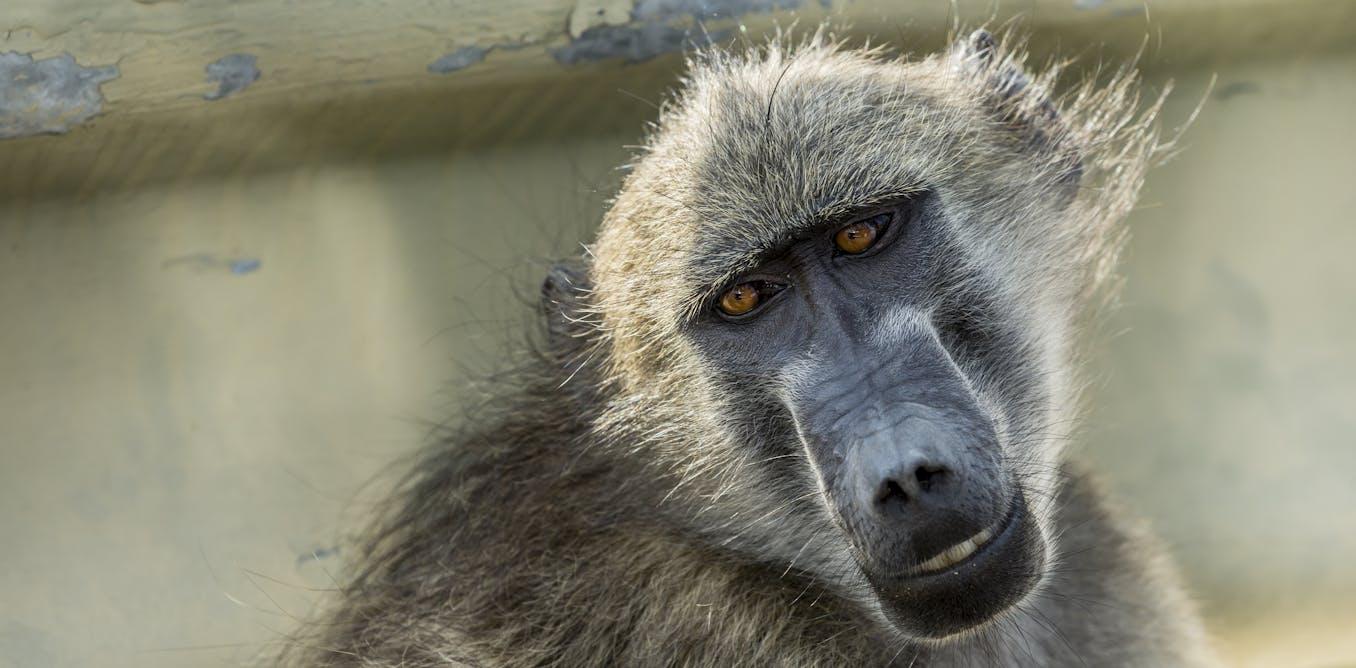
Baboons are large, ground-dwelling monkeys known for their strong social structures and expressive faces. They are highly adaptable and can be found in various environments, from savannas to forests.
-
Region of Habitat: Africa and parts of the Arabian Peninsula
-
Scientific Name: Papio
-
Feeding Habits: Omnivorous, eating fruits, seeds, insects, and small animals
-
What Sound They Make: Grunts, barks, and screeches
Fun Facts
Baboons have cheek pouches that store food for later consumption. They are known for their strong group bonds, with dominant males leading the troop.
2. Badger

Badgers are small, burrowing mammals known for their strong claws and nocturnal lifestyle. They are skilled diggers, creating elaborate underground tunnel systems called setts.
-
Region of Habitat: North America, Europe, and parts of Asia
-
Scientific Name: Meles meles (European badger) and Taxidea taxus (American badger)
-
Feeding Habits: Omnivorous, eating earthworms, small mammals, roots, and fruits
-
What Sound They Make: Growls, hisses, and yelps
Fun Facts
Badgers can dig through hard soil and even concrete-like surfaces with their powerful claws. Some species, like honey badgers, are fearless and can fight off much larger predators.
3. Bear
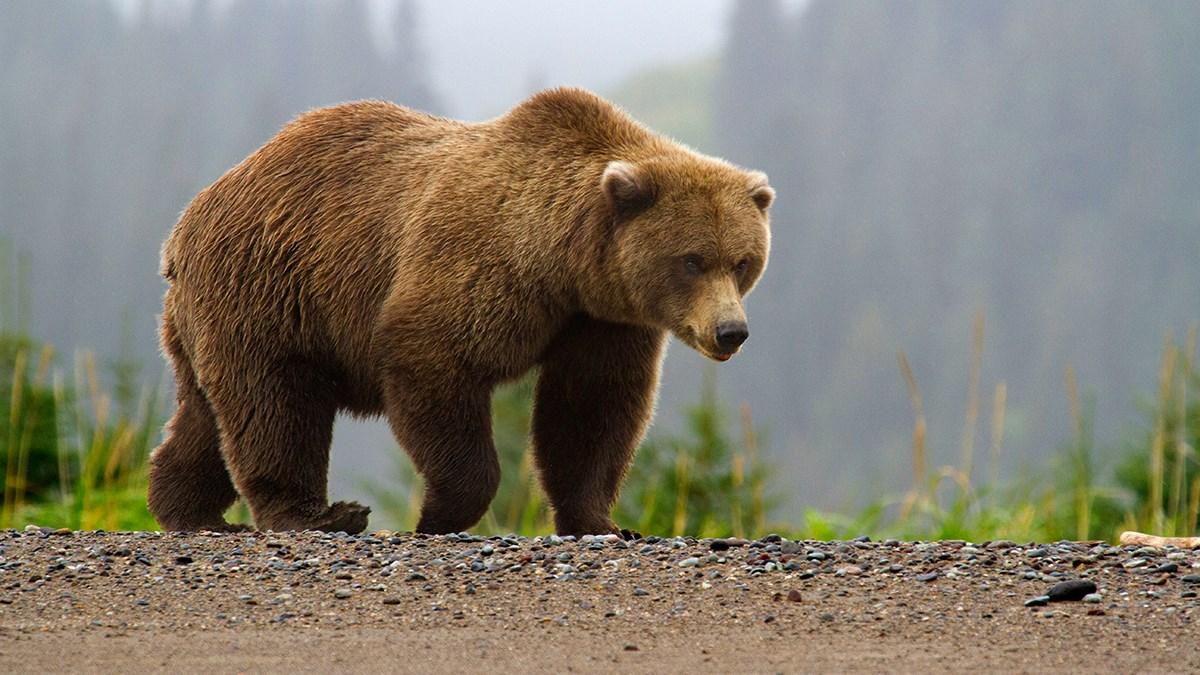
Bears are large, strong mammals known for their thick fur and excellent sense of smell. They vary in size and habitat, from the towering grizzly to the smaller sun bear.
-
Region of Habitat: North America, Europe, Asia, and parts of South America
-
Scientific Name: Ursidae
-
Feeding Habits: Omnivorous, consuming fish, berries, honey, and small animals
-
What Sound They Make: Roars, grunts, and growls
Fun Facts
Bears can run up to 40 mph despite their heavy build. Some bears, like the black bear, are excellent tree climbers.
4. Beaver
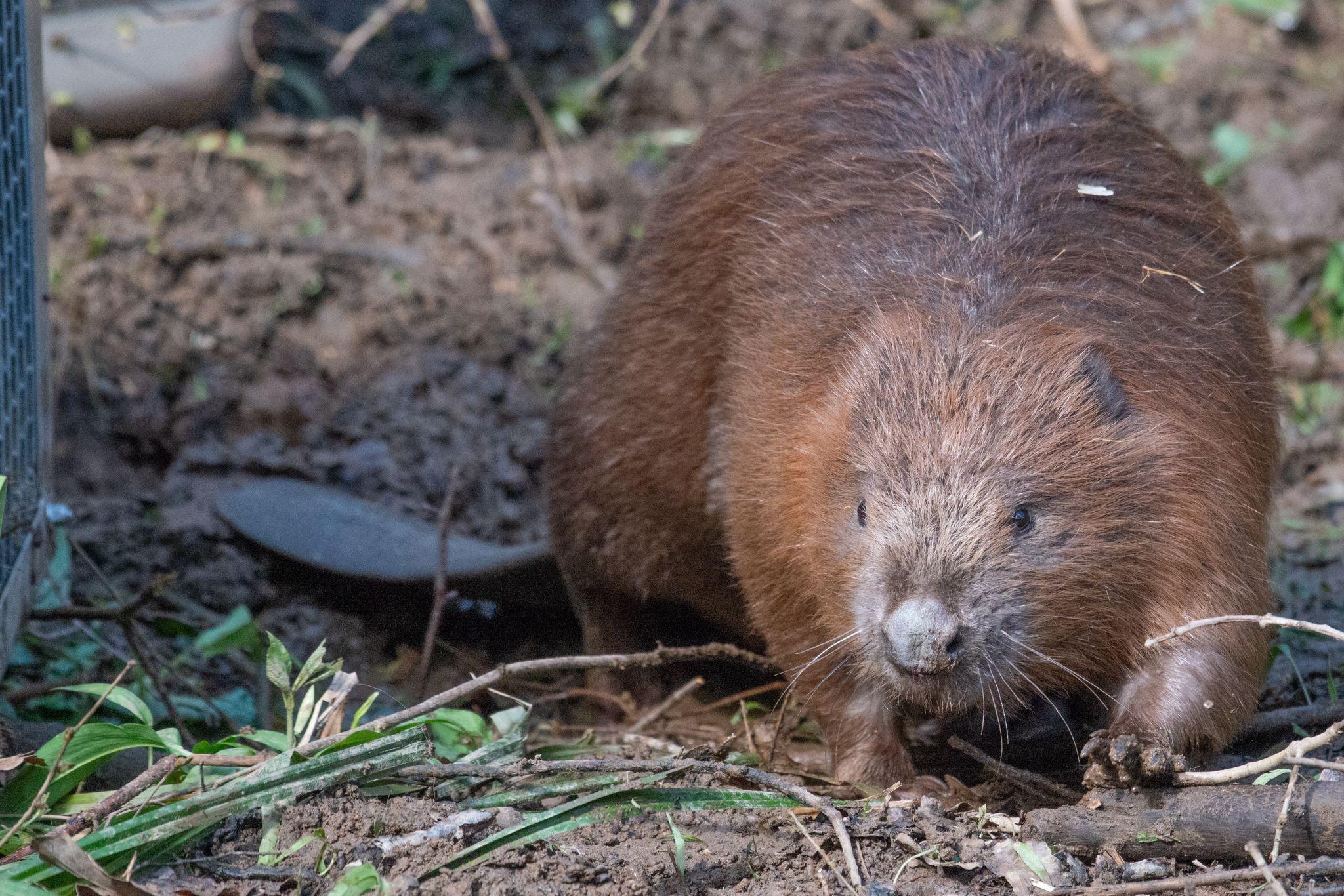
Beavers are large, semi-aquatic rodents known for their ability to build dams and lodges using wood and mud. Their sharp teeth continuously grow, allowing them to chew through trees easily.
-
Region of Habitat: North America and Europe
-
Scientific Name: Castor canadensis (North American beaver) and Castor fiber (Eurasian beaver)
-
Feeding Habits: Herbivorous, eating tree bark, leaves, and aquatic plants
-
What Sound They Make: Whining, grunting, and tail slaps on water
Fun Facts
Beavers’ tails help them balance while standing and act as rudders while swimming. Their dams create wetlands that support many other animals.
5. Bison
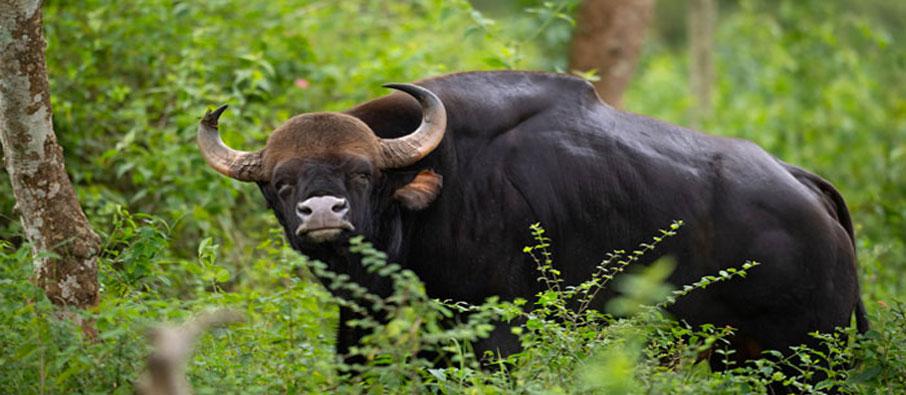
Bison are massive, shaggy-haired mammals known for their strength and endurance. Once nearly extinct, conservation efforts have helped their populations recover.
-
Region of Habitat: North America and parts of Europe
-
Scientific Name: Bison bison (American bison) and Bison bonasus (European bison)
-
Feeding Habits: Herbivorous, grazing on grass and shrubs
-
What Sound They Make: Grunts, snorts, and bellows
Fun Facts
Bison can run at speeds of up to 35 mph despite their bulky size. The American bison is the national mammal of the United States.
6. Black Rhinoceros
The black rhinoceros is a large, thick-skinned herbivore known for its two sharp horns. Despite their name, they are actually gray in color.
-
Region of Habitat: Eastern and Southern Africa
-
Scientific Name: Diceros bicornis
-
Feeding Habits: Herbivorous, eating leaves, twigs, and thorny bushes
-
What Sound They Make: Snorts, grunts, and growls
Fun Facts
Black rhinos can charge at speeds of up to 34 mph. Their prehensile upper lip helps them grasp leaves and branches.
7. Bloodhound

Bloodhounds are a large dog breed known for their exceptional sense of smell, used in tracking and rescue operations. Their long ears help funnel scents toward their nose.
-
Region of Habitat: Domesticated worldwide
-
Scientific Name: Canis lupus familiaris
-
Feeding Habits: Carnivorous, mainly eating meat-based diets
-
What Sound They Make: Deep baying and howling
Fun Facts
Bloodhounds can follow a scent trail that is several days old. Their scent-tracking abilities are so reliable that their evidence is admissible in court.
8. Blue Whale
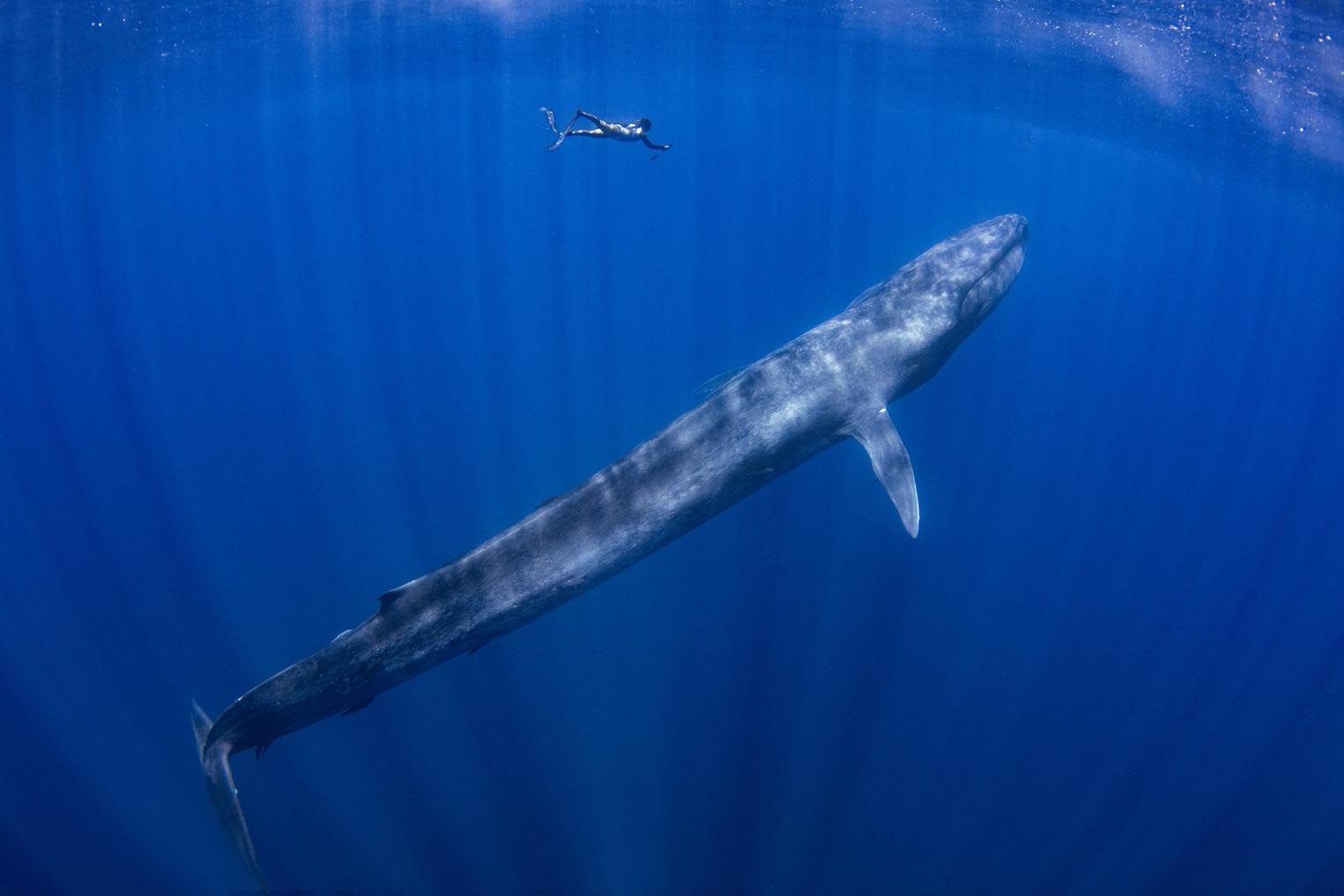
The blue whale is the largest animal to have ever lived, growing up to 100 feet long. They communicate using deep, low-frequency sounds that can travel for miles underwater.
-
Region of Habitat: Oceans worldwide
-
Scientific Name: Balaenoptera musculus
-
Feeding Habits: Filter-feeder, consuming krill and small fish
-
What Sound They Make: Low-frequency moans and rumbles
Fun Facts
A blue whale’s heart can weigh as much as a small car. Despite their size, they feed on some of the smallest ocean creatures.
9. Bobcat
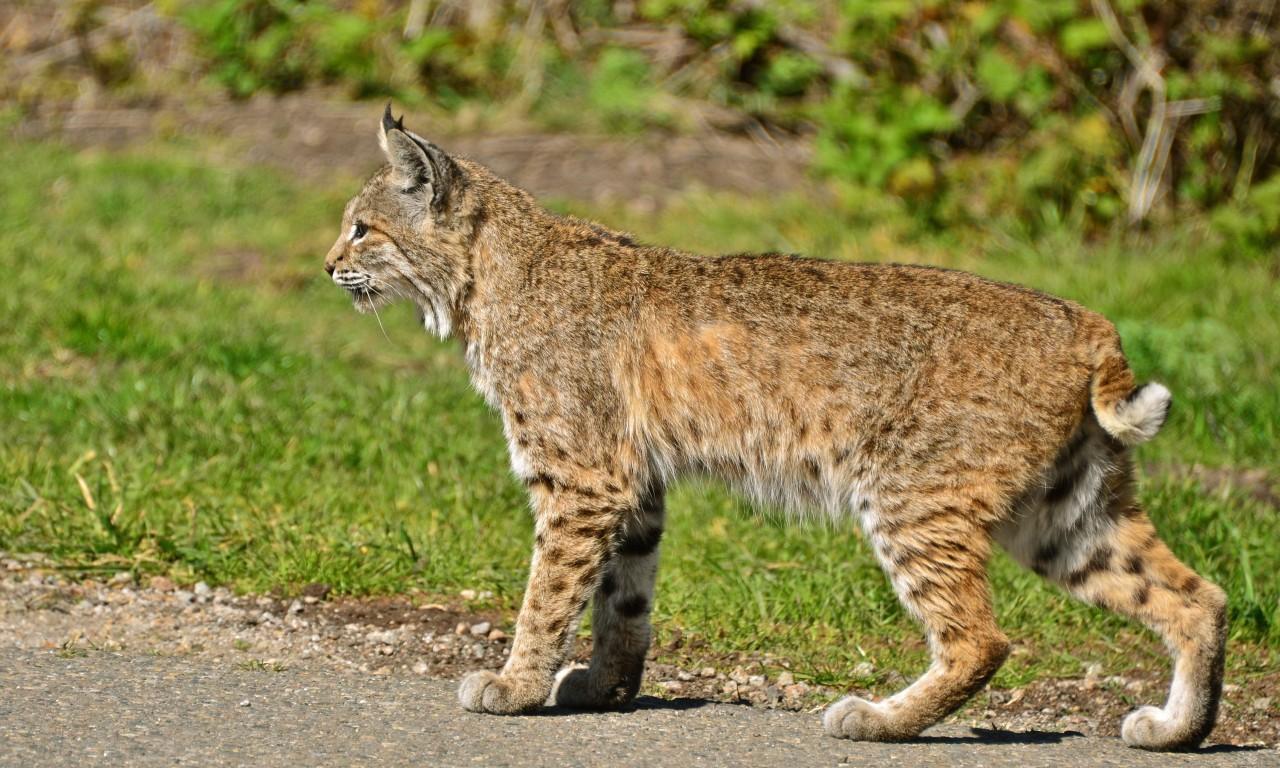
Bobcats are medium-sized wild cats with tufted ears and a short tail. They are solitary and highly adaptable, living in various habitats from forests to deserts.
-
Region of Habitat: North America
-
Scientific Name: Lynx rufus
-
Feeding Habits: Carnivorous, hunting rabbits, rodents, and birds
-
What Sound They Make: Growls, hisses, and yowls
Fun Facts
Bobcats are excellent climbers and can leap over 10 feet in a single bound. They mark their territory using scent glands and scratches on trees.
10. Bottlenose Dolphin
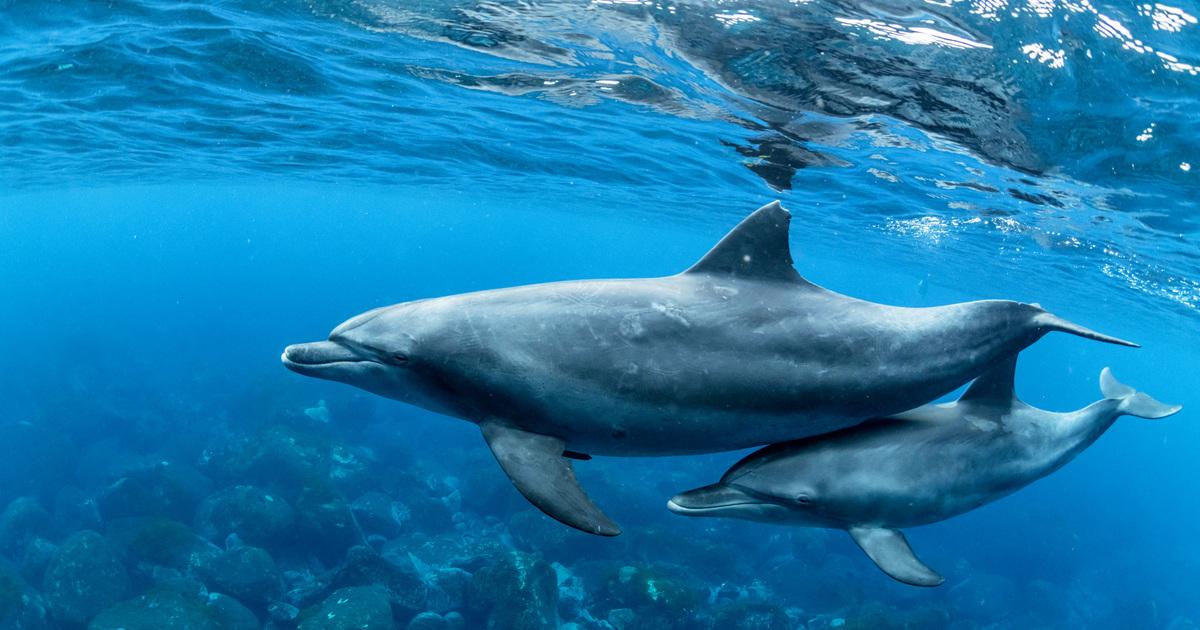
Bottlenose dolphins are intelligent marine mammals known for their playful behavior and communication skills. They use echolocation to find their path and hunt underwater.
-
Region of Habitat: Warm oceans worldwide
-
Scientific Name: Tursiops truncatus
-
Feeding Habits: Carnivorous, eating fish, squid, and crustaceans
-
What Sound They Make: Clicks, whistles, and chirps
Fun Facts
Dolphins can recognize themselves in a mirror, showing self-awareness. They sleep with one-half of their brain at a time to stay alert for predators.
Some More Mammals That Begin With Letter “B”
11. Babirusa
12. Bactrian Camel
13. Baleen Whale
14. Balinese
15. Balkan Lynx
16. Banded Palm Civet
17. Bandicoot
18. Barbet
19. Basenji Dog
20. Bassador
21. Basset Fauve de Bretagne
22. Basset Hound
23. Bassetoodle
24. Bat
25. Bat-Eared Fox
26. Bavarian Mountain Hound
27. Bea-Tzu
28. Beabull
29. Beagador
30. Beagle
31. Beagle Shepherd
32. Beaglier
33. Beago
34. Bearded Collie
35. Beaski
36. Beauceron
37. Bedlington Terrier
38. Beefalo
39. Belgian Shepherd
40. Belgian Tervuren
41. Bengal Tiger
42. Bergamasco Sheepdog
43. Berger Picard
44. Bernedoodle
45. Bernese Mountain Dog
46. Bernese Shepherd
47. Bhutan Takin
48. Bichon Frise
49. Bichpoo
50. Biewer Terrier
51. Bighorn Sheep
52. Bilby
53. Binturong
54. Birman
55. Black And Tan Coonhound
56. Black Russian Terrier
57. Black-Footed Ferret
58. Blue Lacy Dog
59. Blue Picardy Spaniel
60. Bluetick Coonhound
61. Boer Goat
62. Boggle
63. Boglen Terrier
64. Bolognese Dog
65. Bombay
66. Bongo
67. Bonobo
68. Borador
69. Border Collie
70. Border Terrier
71. Bordoodle
72. Borkie
73. Bornean Orangutan
74. Borneo Elephant
75. Boston Terrier
76. Bouvier Des Flandres
77. Bowhead Whale
78. Boxador
79. Boxer Dog
80. Boxerdoodle
81. Boxsky
82. Boxweiler
83. Boykin Spaniel
84. Brazilian Terrier
85. Brittany Dog
86. Brown Bear
87. Brown Hyena
88. Brug
89. Brush-tailed Bettong
90. Brush-tailed Phascogale
91. Brush-tailed Possum
92. Brush-tailed Rock Wallaby
93. Bryde’s Whale
94. Bubal Hartebeest
95. Buck
96. Buffalo
97. Bulldog
98. Bullmastiff
99. Bullhead Bat
100. Burchell’s Zebra
101. Burmese Cat
102. Burmese Ferret Badger
103. Burmese Hare
104. Bush Baby
105. Bushbuck
106. Bush Dog
107. Bush Hyrax
108. Bush Pig
109. Bush Rat
110. Bush Squirrel
111. Bushveld Gerbil
Wrapping It Up
Bet you never imagined mammals starting with ‘B’ could be so incredibly interesting and fun!
The world of ‘B’ mammals is full of surprising stories and remarkable abilities that make these animals truly special.
From tiny bodies to massive frames, these mammals showcase the incredible diversity of nature.
Each animal has its own unique way of surviving and thriving in different environments, developing smart strategies to protect themselves and their families.
They remind us that the animal kingdom is packed with wonder, creativity, and unexpected talents that continue to spark curiosity among scientists and animal lovers worldwide.
Keep your eyes open and your curiosity high – there’s always more to learn about these brilliant mammals that make our planet such an exciting place!
If you’re interested in more informative animal and wildlife content, feel free to click here and check out other blogs that you might enjoy!

